Using wide angle zoom lenses has a great effect on the types of images you can create. Landscape photographers, street photographers, and event photographers capturing large groups all prefer wide angle zoom lenses for their ability to fit more into the frame and tell a richer visual story.
In this article, you will learn:
- How to use wide angle zoom lenses for impactful landscape and street photography
- Tips to compose compelling shots using foreground elements and leading lines
- How to control distortion and avoid distractions in wide angle compositions
- Choosing the right focal length and lens for your photography goals
- Key features of Tamron’s top wide angle zoom lenses for Sony, Fujifilm, and Canon
What is a wide angle lens?
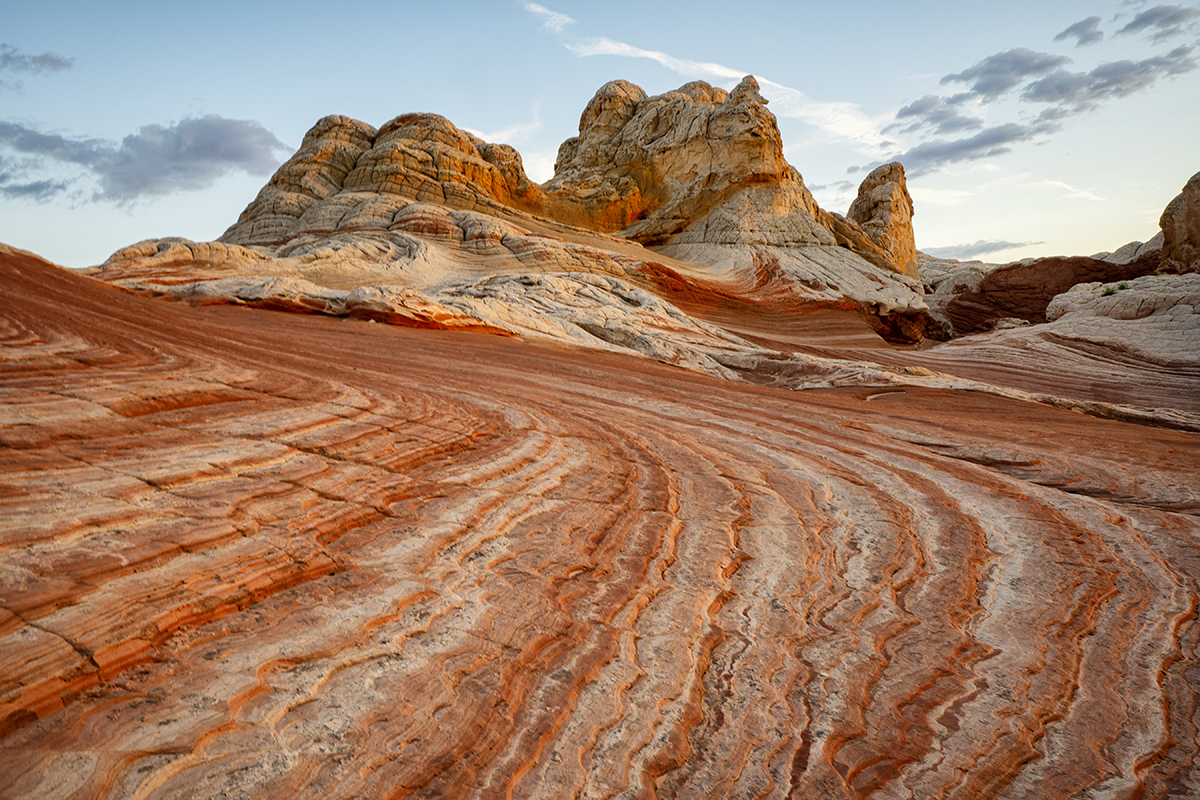
Using wide angle lenses allows you to capture a wider field of view compared to a standard lens, thanks to their shorter focal length range. This means you can fit more into your frame, making it perfect for landscape photography, architecture, and group shots.
Wide angle zoom lenses are more versatile than fixed focal length wide lenses. This is because zoom lens includes various focal lengths, making it easy for you to experiment with different compositions.
Wide lenses have a short focal length. The short focal length provides a wide field of view so that you can capture more of the scene in your shot.
A lens with a focal length of 35mm or wider is considered a wide angle lens for full frame cameras. A lens with a focal length of 24mm or wider is considered an ultra-wide angle.
Ultra-wide angle zoom lenses start at approximately 17mm for full frame and 11mm for APS-C mirrorless cameras. The 28mm focal length is a common starting point for those new to wide angle photography. And many wide angle lenses and ultra-wide angle zoom lenses cover this focal length.
How do I use a wide angle zoom lens?
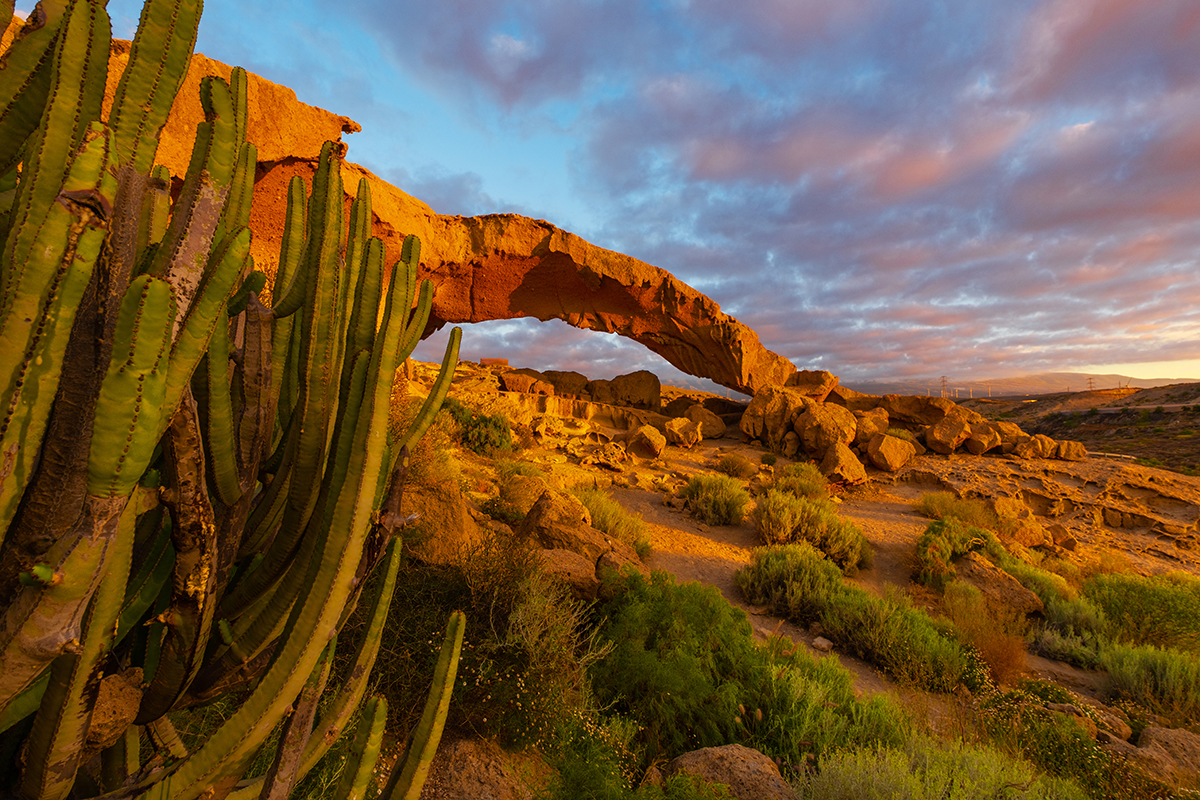
TIP 1: Watch Your Composition Carefully
Wide angle zoom lenses capture a broad field of view, which can allow distracting elements to enter the edges of the frame. Always be mindful of your framing and keep your subject as the focal point.
TIP 2: Anchor the Frame with a Prominent Subject
These lenses can make distant subjects appear even farther away. Make sure there is a strong, clear subject in your frame to anchor the viewer’s attention.
TIP 3: Add Foreground Elements for Depth
When photographing wide landscapes, include interesting foreground elements—like rocks, plants, or textures—to guide the viewer’s eye into the scene and create a sense of depth.

TIP 4: Position Subjects Close to Enhance Scale
Placing your subject near the lens boosts the sense of scale and makes the image more immersive by pulling the viewer into the scene.
TIP 5: Experiment with Focal Lengths to Manage Distortion
Ultra-wide focal lengths can introduce distortion. Try different focal lengths within the zoom range to find the right balance between coverage and realism.
TIP 6: Use Leading Lines to Guide the Eye
Elements like roads, rivers, fences, or building edges act as natural guides through your image. They help direct the viewer’s gaze and enhance the storytelling in your photo.
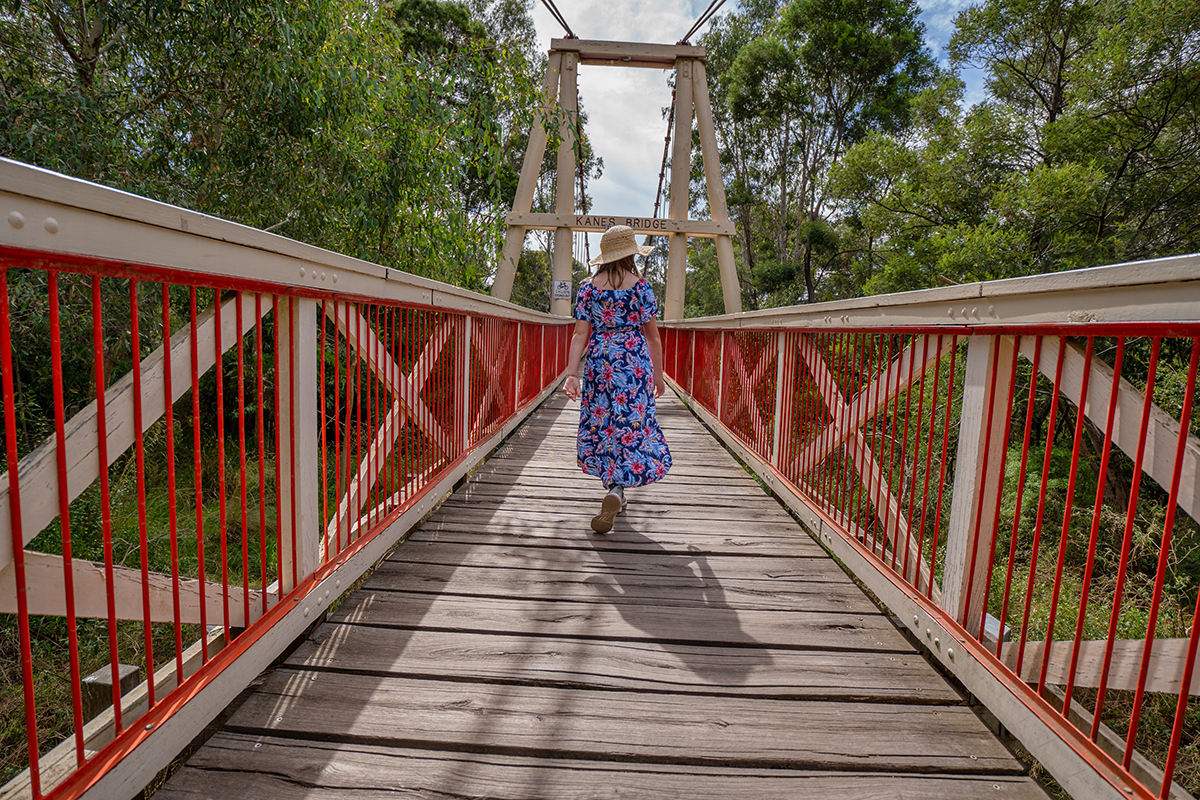
TIP 7: Get Close for Impactful Street Photography
Wide angle zoom lenses are excellent for street photography. They offer deep depth of field and let you include both the subject and their environment for rich storytelling.
TIP 8: Capture Environmental Portraits That Feel Immersive
In both street and portrait photography, using wide lenses up close helps include important background context. This not only tells a better story but also makes viewers feel like they are part of the scene.
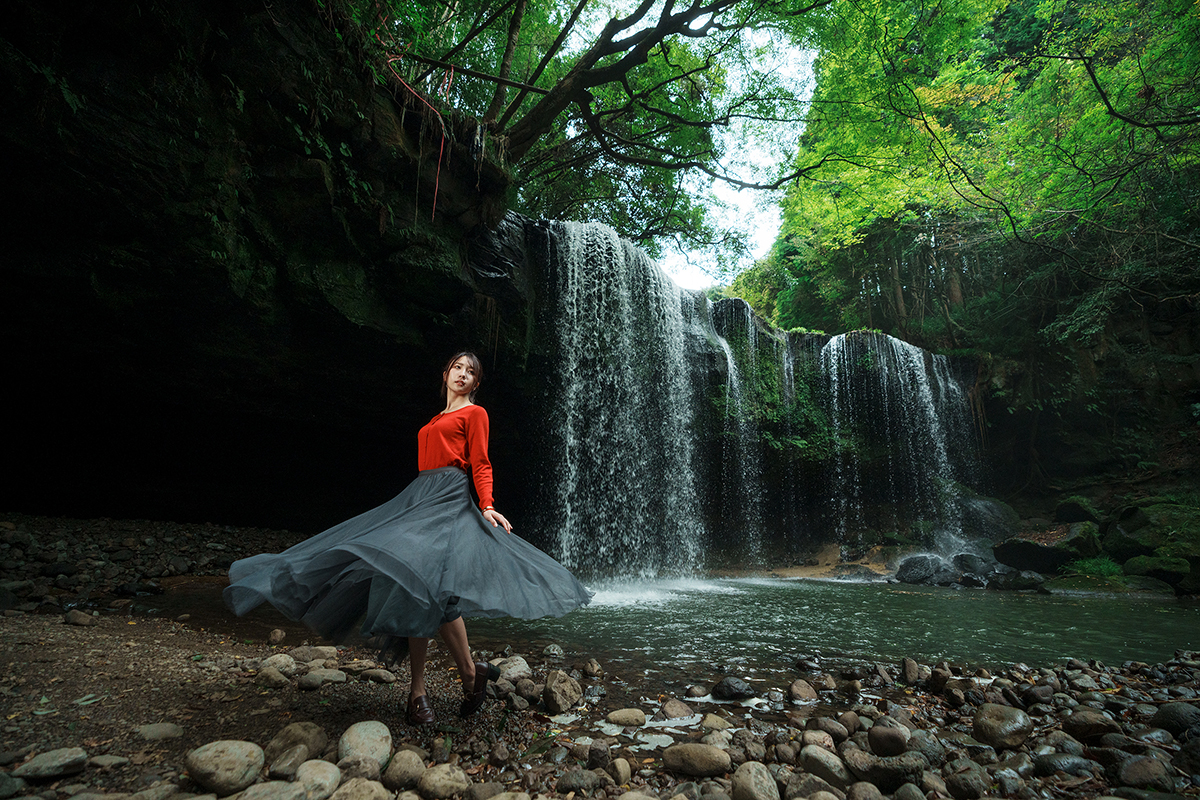
Using Wide Angle Zoom Lenses for Street Photography
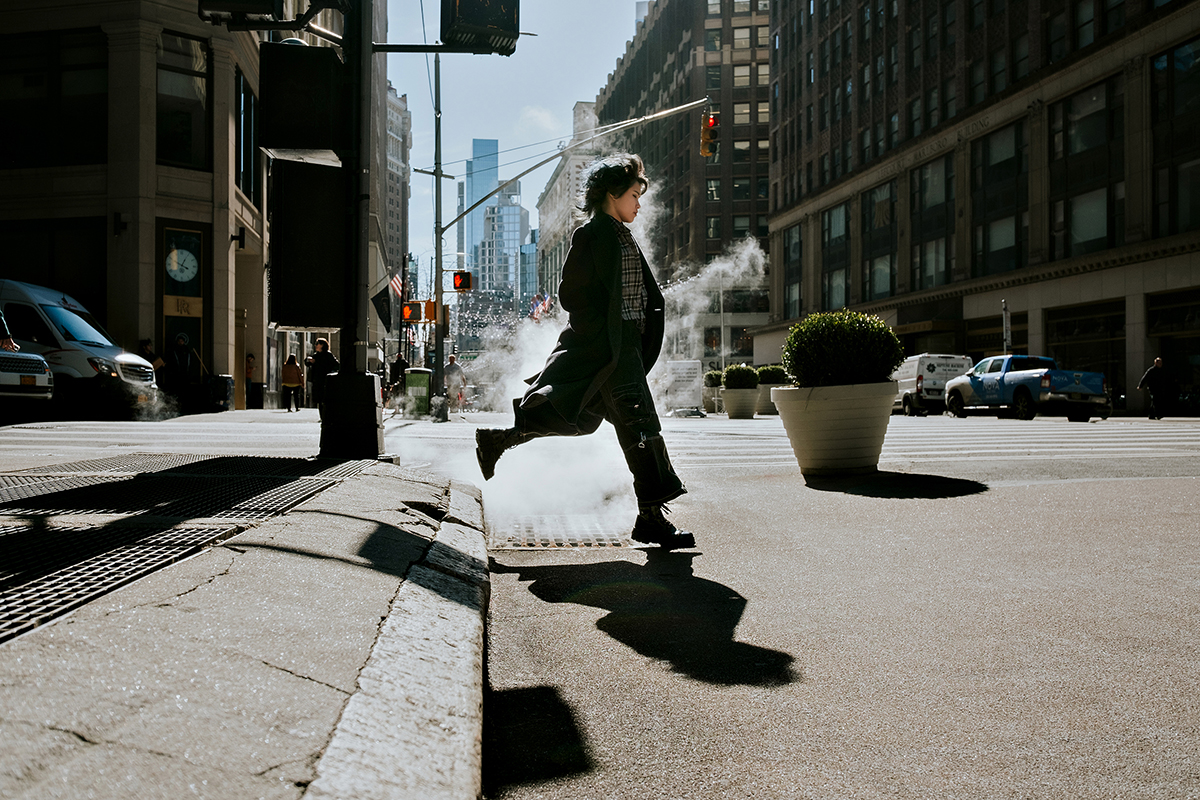
A wide angle zoom lens is an ideal lens for street photography. The lens offers excellent depth of field and lets you capture your subject and their surroundings in the frame to tell the story. Try to shoot street photography close to your subject to make it stand out against the background.
When you use a wide camera lens for portrait or street photography, you can get close to your subject. By getting closer, you to capture important background elements that help tell your story. Viewers will also feel like they are part of the scene when looking at your images.
How do I choose wide angle zoom lenses?
When choosing a wide lens or ultra-wide lens, consider your subject first. If you are capturing landscape vistas and night skies, consider purchasing a zoom lens that includes a focal length of 20mm or wider.
If you are photographing groups at events, or street photography, you can use a longer focal length. 28mm photography is common for these subjects.
Best Tamron Wide Angle Zoom Lenses
Tamron 17-28mm lens
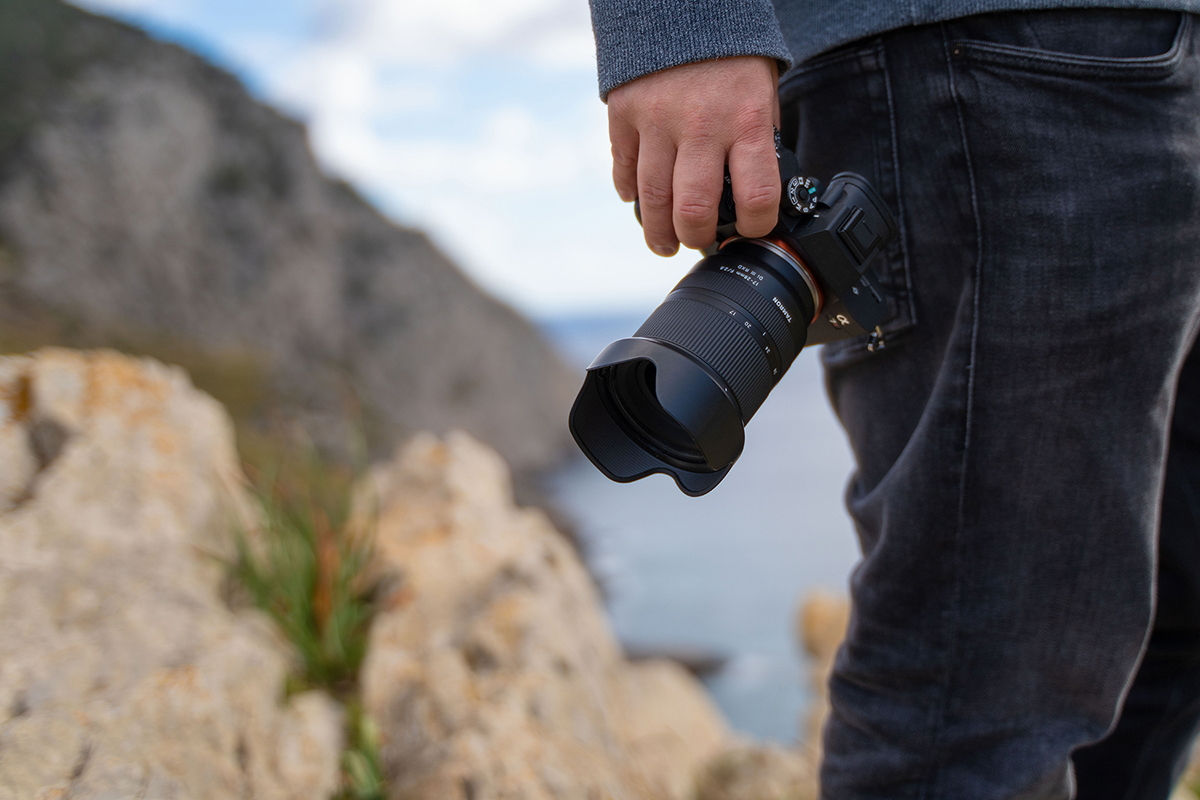
Photographers who enjoy capturing landscapes and night skies often prefer the Tamron 17-28mm F/2.8 Di III RXD (Model A046) lens for Sony E-mount mirrorless cameras. This lens is a favorite among them.
The lens provides a focal range spanning ultra-wide to wide in one small body. The lens has a fast aperture of F2.8. It includes LD and XLD low dispersion elements. These elements help fix chromatic and other aberrations.
Tamron 11-20mm lens
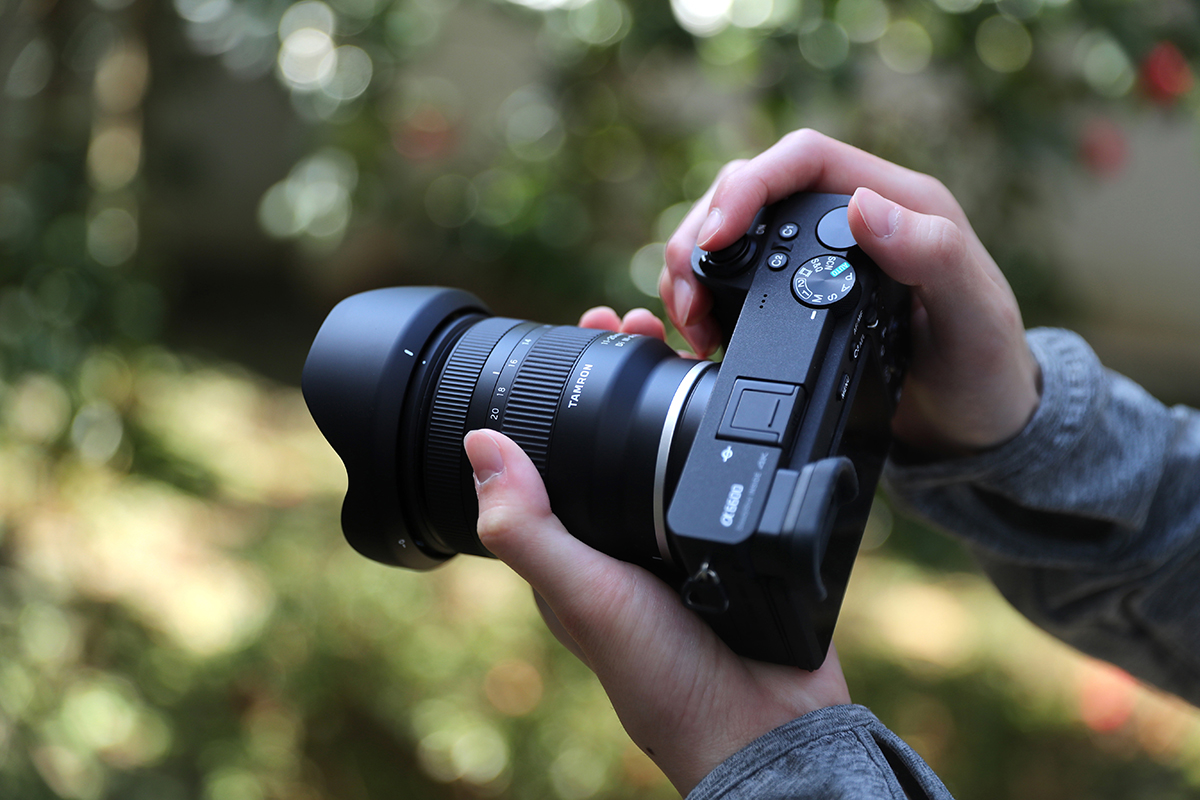
The Tamron 11-20mm F/2.8 Di III-A RXD (Model B060) zoom lens is compact and lightweight. It fits Canon RF, Fujifilm X, and Sony E-mount APS-C mirrorless cameras. The lens has a wide-angle focal length and is also fast, with an aperture of F2.8.
Like the 17-28mm, this lens has moisture resistant construction and fluorine coating on the front element. This makes these lenses ideal for outdoor use.
Tamron 17-50mm lens
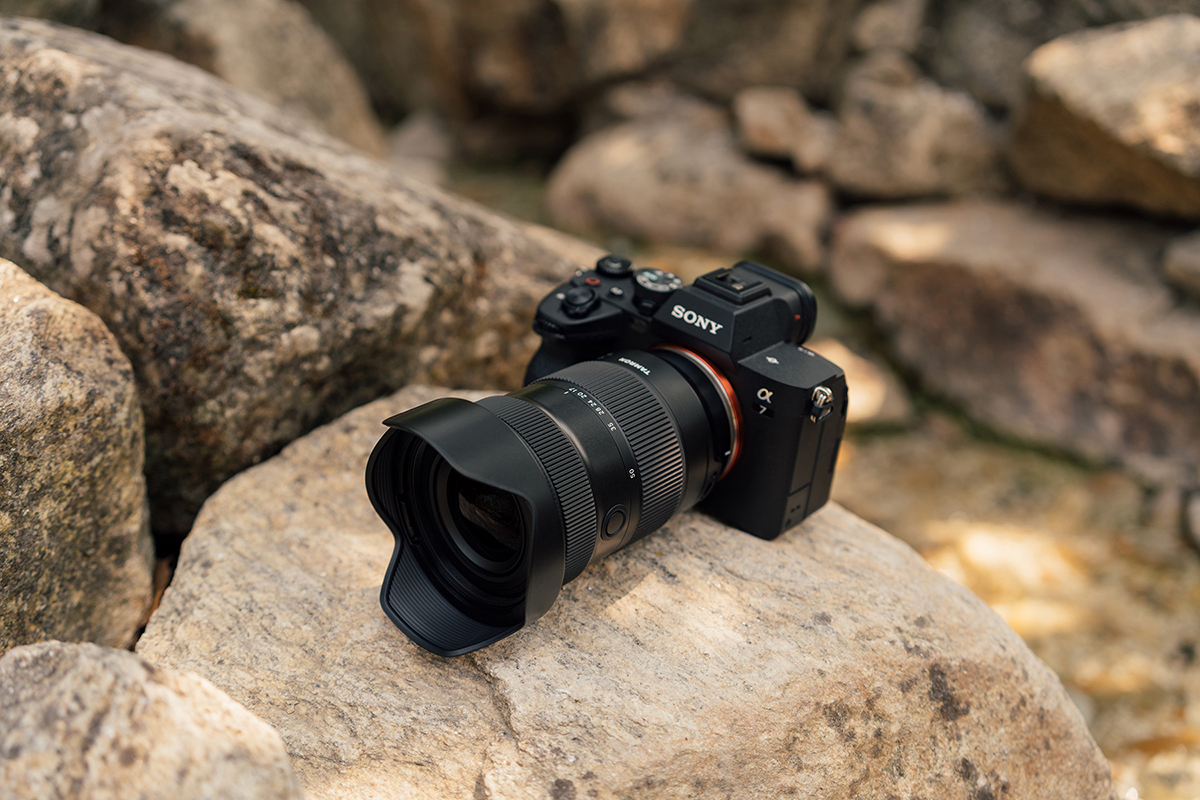
The Tamron 17-50mm F/4 Di III VXD (Model A068) lens for Sony E-mount is ideal for street photographers and videographers. It has a wide range of focal lengths, from ultra-wide to standard. The world’s first lens that covers ultra wide-angle to standard focal lengths in just one lens. This makes it a versatile option for capturing different types of shots.
It uses low dispersion elements, includes moisture resistant construction and fluorine coating. The lens can be customized using Tamron’s Lens Utility software to suit your shooting preferences.
Final Thoughts on Using Wide-Angle Zoom Lenses
A high quality wide-angle lens is a must-have for photographers of all levels and is a versatile and powerful tool in your photography kit.
When using a wide-angle zoom lens, experiment with different settings and subjects to fully explore the creative possibilities that this lens has to offer. A wide-angle zoom lens can help you be more creative and explore different types of photography. You can use it for portraits, architecture, landscapes, and street scenes. A wide-angle lens will enhance your photography experience wherever you go.

